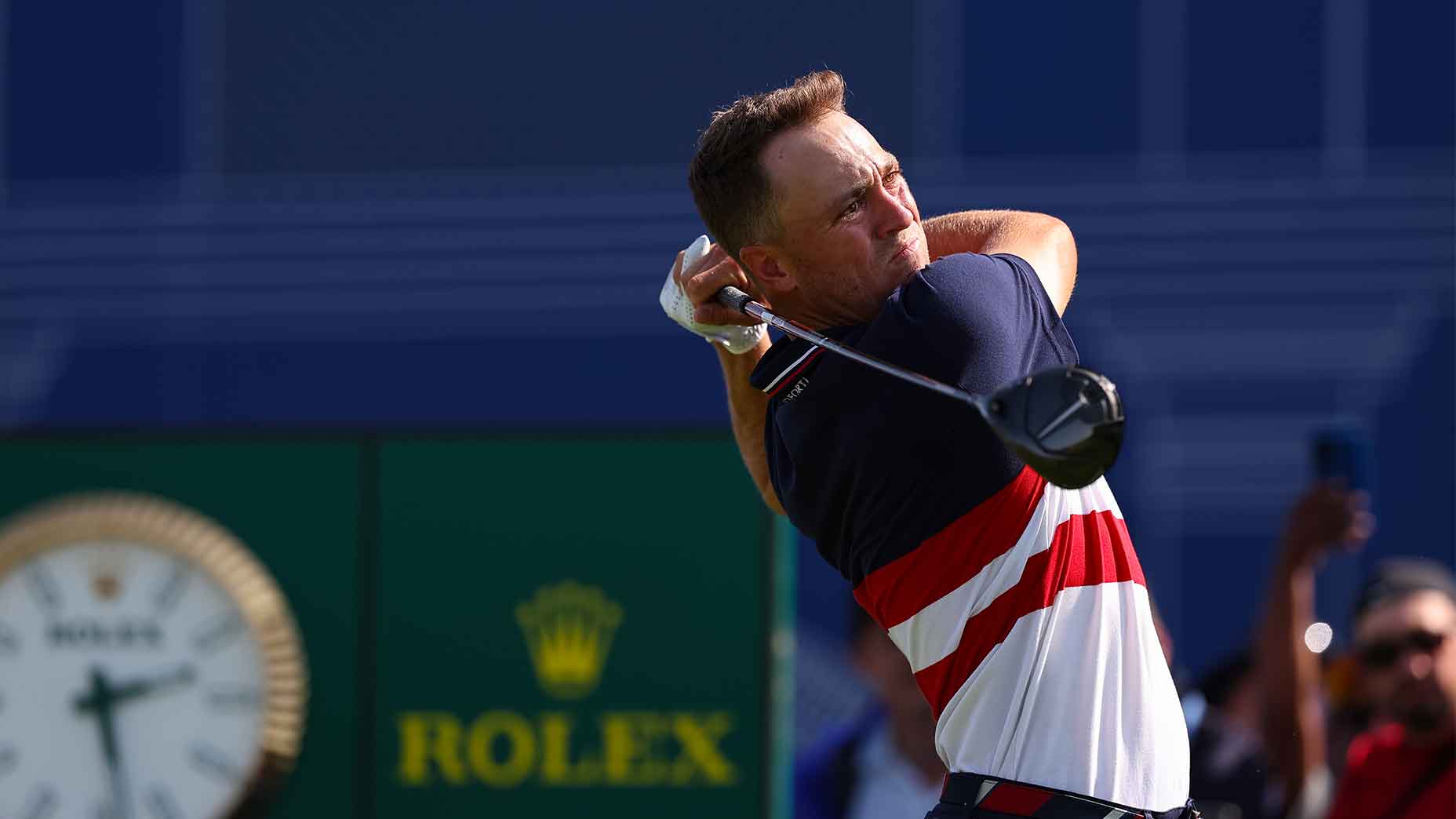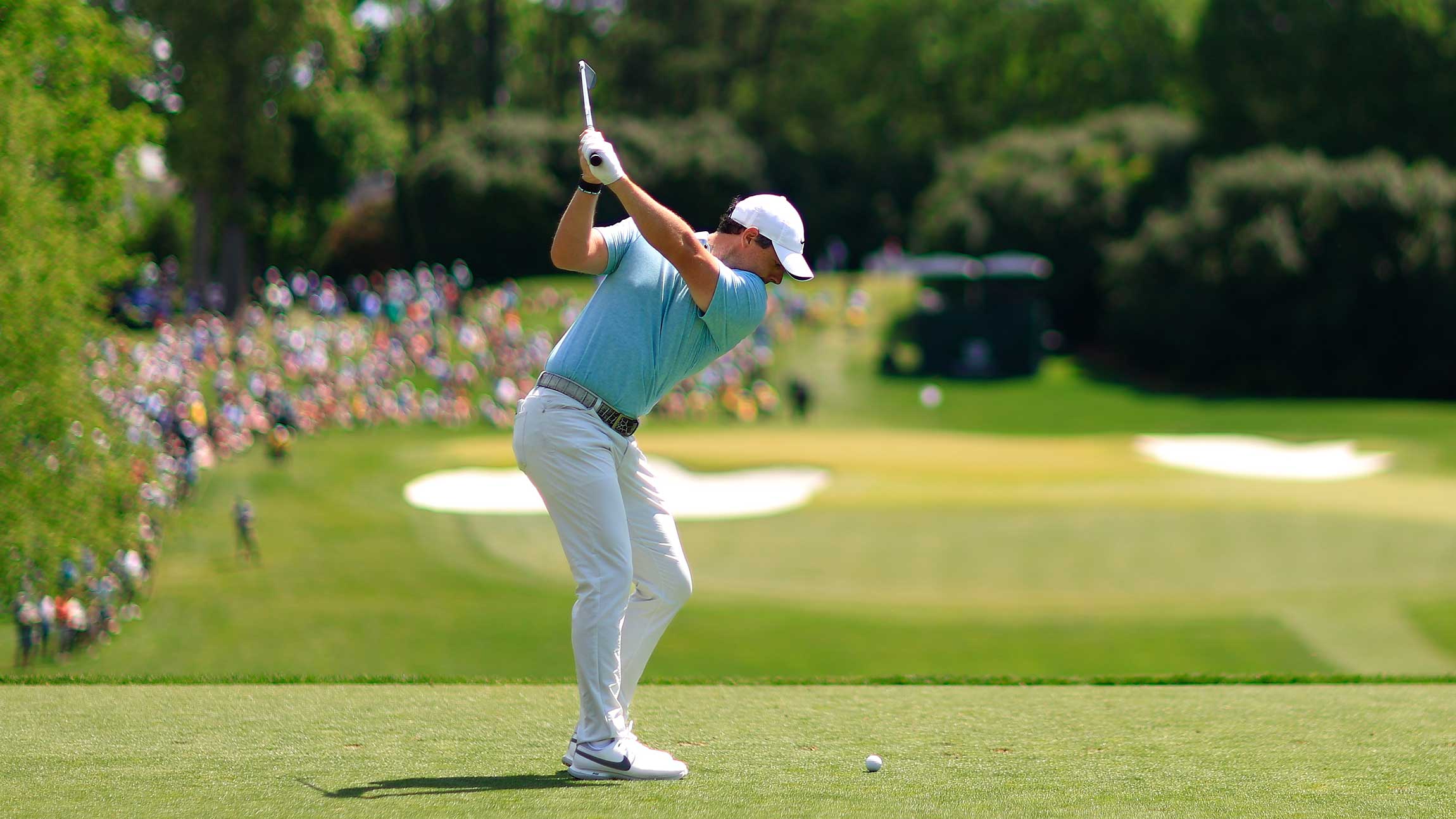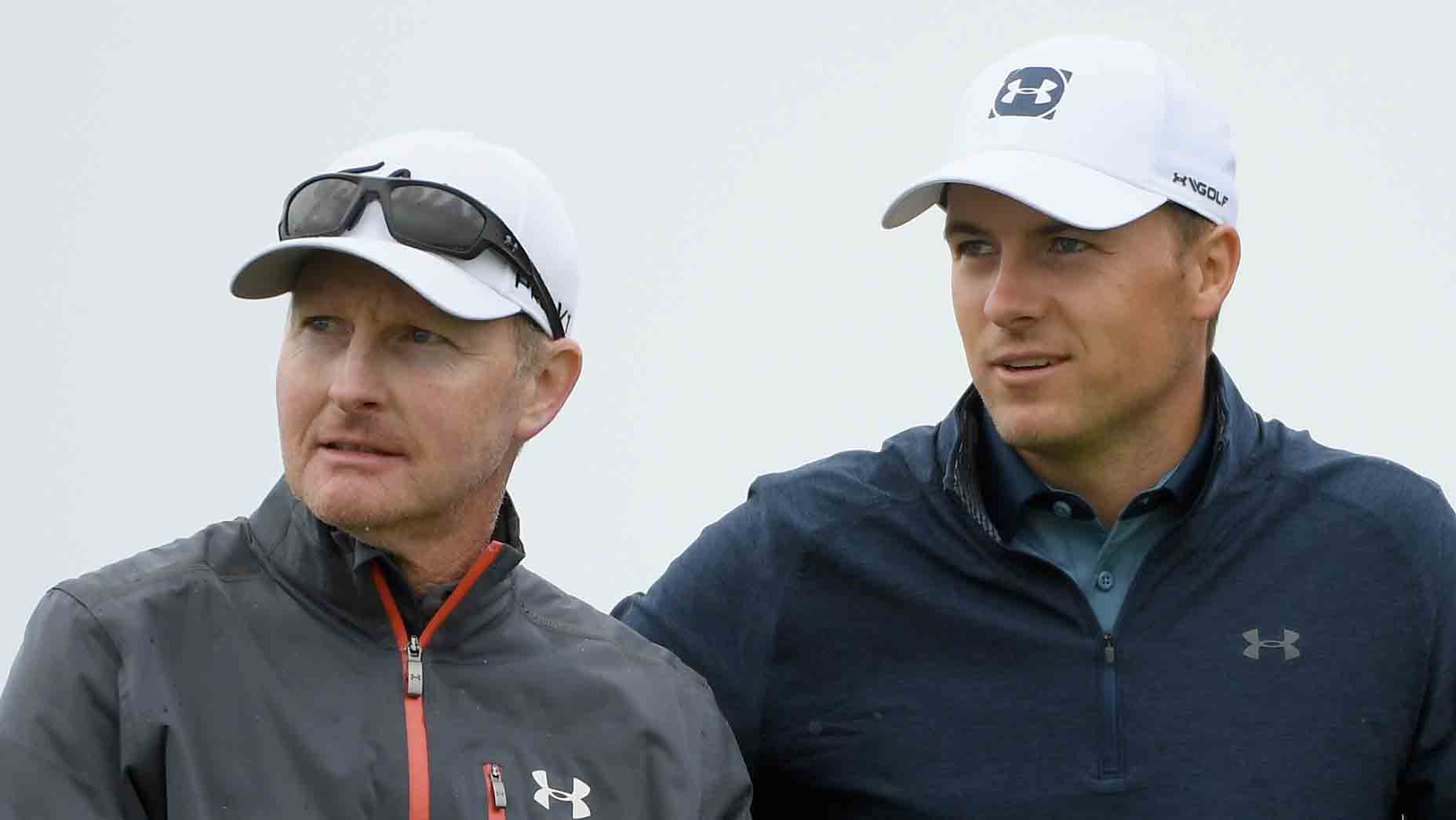
Justin Thomas was among the governing bodies’ most vocal critics on the topic of a golf ball rollback.
Getty Images
On a hazy June afternoon in Los Angeles, USGA CEO Mike Whan stepped to the podium and braced for impact. It was Wednesday at the U.S. Open at Los Angeles Country Club, and Whan’s annual state of the state had turned into a minefield.
By the time Whan reached the lectern, the number of third-rail topics in golf was nearing double-digits. There were battles with an elitist host course; the state of PGA Tour commissioner Jay Monahan’s leave of absence; and naturally, the landscape of professional golf, which had days earlier been atom-bombed by a truce between the Tour and LIV Golf — just to name a few.
One by one, Whan deflected golf’s mortar shells like mosquitos on a windshield — pausing poignantly to share his support for Monahan, striking a reasoned but uncontroversial stance on the merger, and offering effusive praise of the week’s host venue. But just when it seemed like he would escape unscathed, a question pierced his armor.
The reporter had wanted to know if, in the wake of golf’s recent rollback announcement, Whan had reconsidered his stance on player involvement in governing body decisions. In the weeks leading up to the Open, Whan and his R&A counterpart Martin Slumbers had been pilloried for the rollback, a “model local rule” passed by the USGA and R&A that would stem golf’s recent distance craze by introducing a lower-distance golf ball for pro events. Golf’s equipment stakeholder started an immediate and aggressive lobbying campaign against the changes, and many of their Tour ambassadors had rallied to their defense, calling the rule change short-sighted and harmful to the sport’s long-standing ideals of meritocracy.
The reporter’s question wasn’t really about the rollback, but after weeks of open criticism, Whan hadn’t heard it that way.
“Oh, you mean the distance topic as opposed to the rollback topic?” He shot back in a playfully chiding voice. “I just think it’s funny we call it that.”
He was kidding, but his message was serious: the governing bodies weren’t going anywhere. This topic, more than all the others, was a third rail worth touching.
Now, close to six months later, it appears Whan and Slumbers are on the brink of doubling down. In an excellent report by Golf Digest’s John Huggan, Slumbers addressed the lingering questions surrounding the distance issue, and hinted that golf could be on the brink of another distance development from the USGA and R&A.
According to Slumbers, it’s possible the governing bodies could pivot away from the MLR as it was originally presented, considering so much of the golf world has since criticized the bifurcation piece of its implication.
“The game was not happy with the Model Local Rule,” Slumbers told Huggan. “There was a view that it would create a bifurcated game at the elite level. It was a very strong pushback against that. The PGA Tour was very public about it. So was the PGA of America. A number of players spoke out. And our job is to listen.”
But will the governing bodies stop their pursuit of reigning in golf’s distance gains over the last several years? No, says Slumbers, not a chance.
“Our responsibility is to the long-term future of the game. Along with the USGA, the R&A is a custodian of the game,” he said. “We’re responsible for our period of time, something that has gone on for hundreds of years and will go on for hundreds more. So, we are listening.”
Slumbers and Wahn have repeatedly emphasized that the distance debate has more to do with sustainability than it does with equipment. The distance developments of the last several years have forced golf courses to grow considerably to meet the pro game. Consider Augusta National, which spent $30 million on a small parcel of land just to expand its 13th hole to meet the pro game; then consider the fact that nearly all other golf courses don’t have similar riches to combat distance growth. Similar changes on the macro could affect golf’s efforts at building towards a more environmentally conscious future, to say nothing of making many of the sport’s most famous courses extinct from tournament play. In short, it doesn’t take long to understand that golf’s current gains are at odds with its venues.
Of course, addressing this issue will require upending the golf equipment industry, which invests millions each year to design equipment that will maximize player performance, and would have to upend a multimillion-dollar production line in order to accommodate any changes. A golf ball rollback solely at the pro level, many manufacturers have pointed out, would cost an exorbitant amount for a very limited return on investment.
In his conversation with Huggan, Slumbers appeared keenly aware of these drawbacks, and suggested the governing bodies are considering amending their proposal in order to better suit the golf world as a whole.
“We have made a decision about what we are going to do,” Slumbers said. “We’re working that through at the moment and will make it public before the end of the year.”
How might those changes look? Slumbers chose not to divulge. But that same U.S. Open press conference from Mike Whan might have provided some clues.
“We’ve got to balance over the next step of input whether or not one ball for all or model local rule is kind of a right approach,” Whan said then.
“I think the feedback process is important and it makes us better. Even when we don’t like the feedback we get, it makes us better.”










